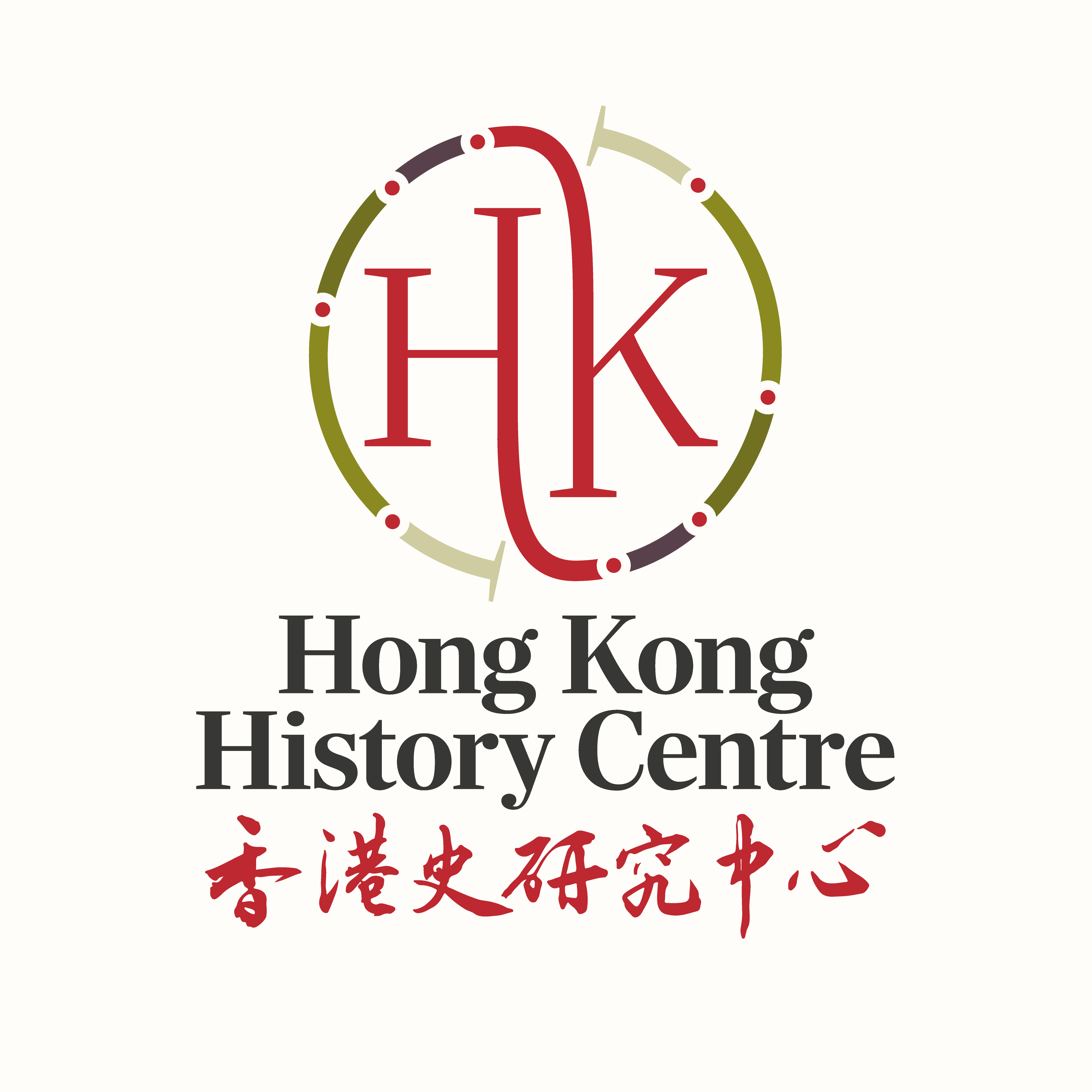
By Vaudine England
Lethbridge’s article, ‘The Yellow Fever’, had concluded with an image of how the different, mostly non-Chinese peoples of Hong Kong interacted, or not:
‘The full flavour of the European community is to be savoured at a gala …
22/12/15
By Vaudine England
I’m still hoping to be proven wrong in claiming that just two serious articles were published in the 20th century on the subject of Eurasians in Hong Kong. The first was Sir Challoner Grenville Alabaster’s ‘Observations on …
20/11/15
By Vaudine England
In my last blog I expressed a hope to be proven wrong in claiming that just two serious articles were published on the subject of Eurasians in Hong Kong in the 20th century. The first was Sir …
13/11/15By Vaudine England
Lethbridge’s article, ‘The Yellow Fever’, had concluded with an image of how the different, mostly non-Chinese peoples of Hong Kong interacted, or not:
‘The full flavour of the European community is to be savoured at a gala …
22/12/15By Vaudine England
I’m still hoping to be proven wrong in claiming that just two serious articles were published in the 20th century on the subject of Eurasians in Hong Kong. The first was Sir Challoner Grenville Alabaster’s ‘Observations on …
20/11/15
By Vaudine England
In my last blog I expressed a hope to be proven wrong in claiming that just two serious articles were published on the subject of Eurasians in Hong Kong in the 20th century. The first was Sir …
13/11/15